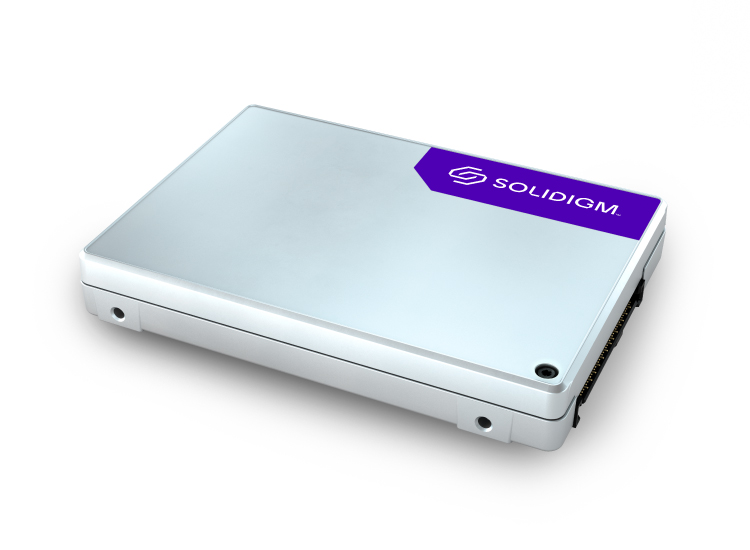Hi,
these are offered rather cheaply out of China on eBay.
I have never built a server with a dedicated SLOG device.
I will need to build a server with HP hardware with > 100T.
The current server uses 1.2T disks (48 in 6 RAID z2 vdevs) but I will need to at least double that.
We would need a lot of expansion enclosures and the HP VAR has advised us to go with bigger disks. That dramatically reduces my number of spindles of course and I fear it's all going to be very slow.
So, I was thinking about speeding up writes (lots of small writes from thousands of devices sending syslogs....) with the above SSDs (I'd use the HHHL PCIe cards).
The alternative is to just configure one of these Supermicro servers with 45+ top-loading disks and use that - but by definition, it's a single system that cannot be easily made highly available and so far, HPE servers have proven to be more reliable over time (while much more expensive and potentially less powerful than Supermicro servers - you don't get more bang for the buck anywhere else).
these are offered rather cheaply out of China on eBay.
I have never built a server with a dedicated SLOG device.
I will need to build a server with HP hardware with > 100T.
The current server uses 1.2T disks (48 in 6 RAID z2 vdevs) but I will need to at least double that.
We would need a lot of expansion enclosures and the HP VAR has advised us to go with bigger disks. That dramatically reduces my number of spindles of course and I fear it's all going to be very slow.
So, I was thinking about speeding up writes (lots of small writes from thousands of devices sending syslogs....) with the above SSDs (I'd use the HHHL PCIe cards).
The alternative is to just configure one of these Supermicro servers with 45+ top-loading disks and use that - but by definition, it's a single system that cannot be easily made highly available and so far, HPE servers have proven to be more reliable over time (while much more expensive and potentially less powerful than Supermicro servers - you don't get more bang for the buck anywhere else).

